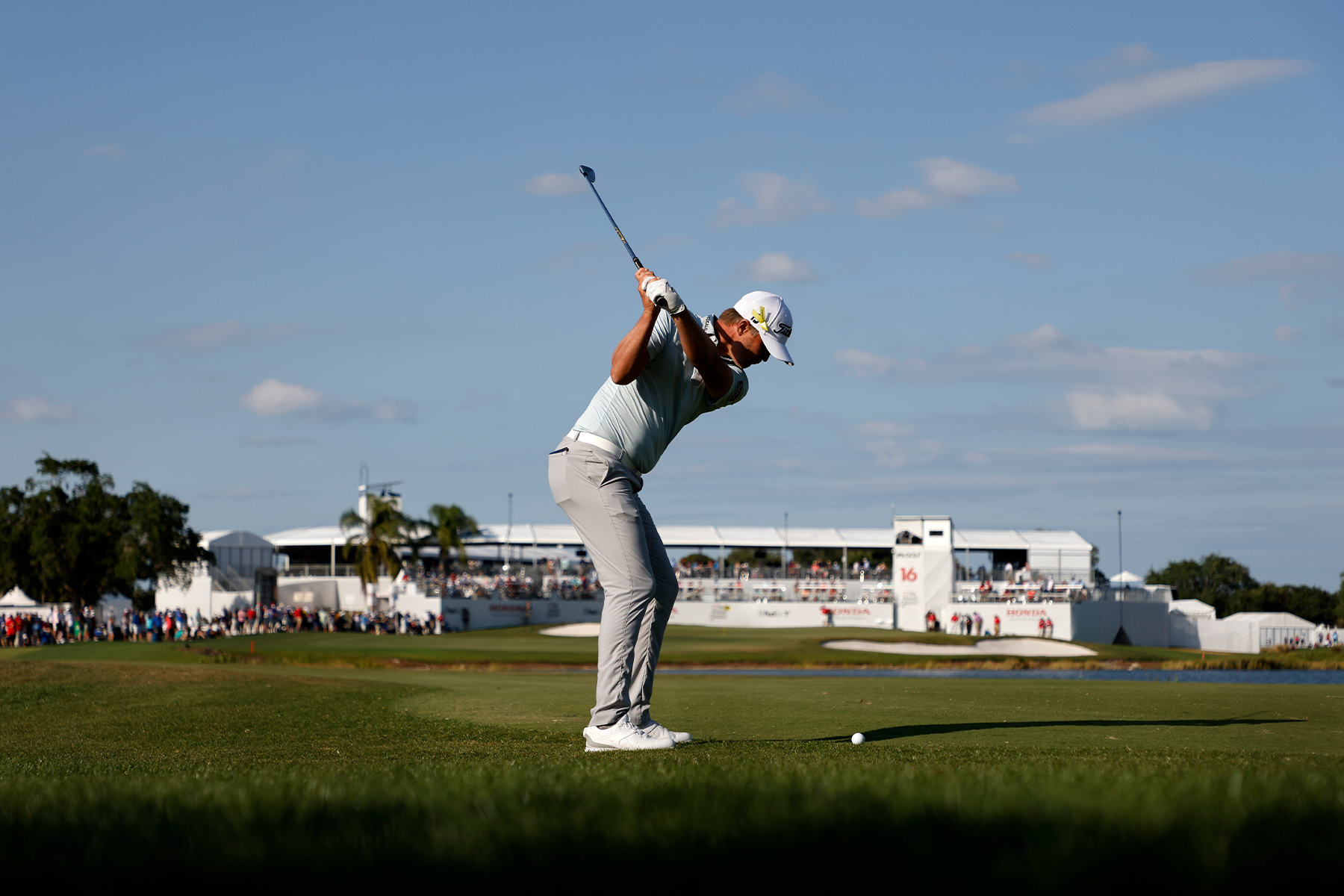quick coaching
Avoid Pressure on the Course: Play One Shot at a Time
By Keith Stewart, PGA
Published on

The Champion course at PGA National, host of the Honda Classic, is widely known as one of the toughest non-major PGA Tour venues year after year. Wind, water, and sand all play a significant role in the multitude of challenges this problematic layout presents.
Just consider by the end of the third round, nearly 240 balls found a watery grave. That’s 240 in a PGA Tour event.
When you’re one of the best players in the world on the PGA Tour, how do you prepare yourself for a week like this? Most will repeat in the press room their usual candor about concentrating on their short game or finding extra time on the range as their key(s) to success. By the end of the week, those leading the way are definitely the ones who practiced their mindfulness in combination with their 7-iron.
A golfer’s ability to stay in the present is no more under the gun than inside the confines of a “Bear Trap.” Almost like the hardest question on an already difficult exam. For those who pass, how do they effectively control their emotions and create positive performance?
They realize the most important lesson in competition, all pressure is self-induced.
This lesson applies to life, our career and of course golf. Playing a round on the Champion course is extremely hard. It really doesn’t matter if you are a PGA Tour player or a 16 handicap. Those penalty areas don’t care if you are a woman or man, junior player or retiree. Each challenging shot requires our attention and most importantly our dedicated self-belief. A good player/competitor knows this and therefore uses specific tangible tactics to overcome their anxiety and learn to play their best under pressure.
If all pressure is self-induced, then how can we take the necessary steps needed to control it? Successful amateurs and professionals only play one shot at a time. Sounds obvious, but it is true. Golf is very unique in that each shot is an independent action. Whatever happened on the previous shot cannot affect the current stroke. The present shot cannot affect any future shots. Many will argue that they do. If I hooked my drive all I see are hooks and I’ll hook the next shot as well.
This completely proves the pressure you feel is being self-induced. If you hit a bad shot, collect yourself and leave that moment behind. Do not allow that result to cause you any more burden on the next one. Go through your best pre-shot routine. Focus on THAT moment and allow yourself to perform. This is not easy and the harder the golf course the more this mental approach will be tested.
Next time you’re watching the LPGA or PGA Tour on television, look for these moments. Pay attention to the leaders. After all, these men and women will be the ones who are exhibiting the best self-awareness. Practicing your 9 iron shots is important, but equally important going forward will be your ability to separate your strokes. Train your brain to approach each and every shot as an independent action. Think of it like running errands. If you have to stop by the post office and the market, you’re not going to buy stamps in the produce section.
That’s the equivalent of letting a bad missed short putt on the 6th hole affect your last putt of the day. You can practice this specific strategy on and off the course. It is the secret weapon of the best performers. You can even apply this mind control when practicing on the range. Treat every shot as an independent act and you’ll find over time your ability to overcome difficult situations on and off the course will greatly improve!